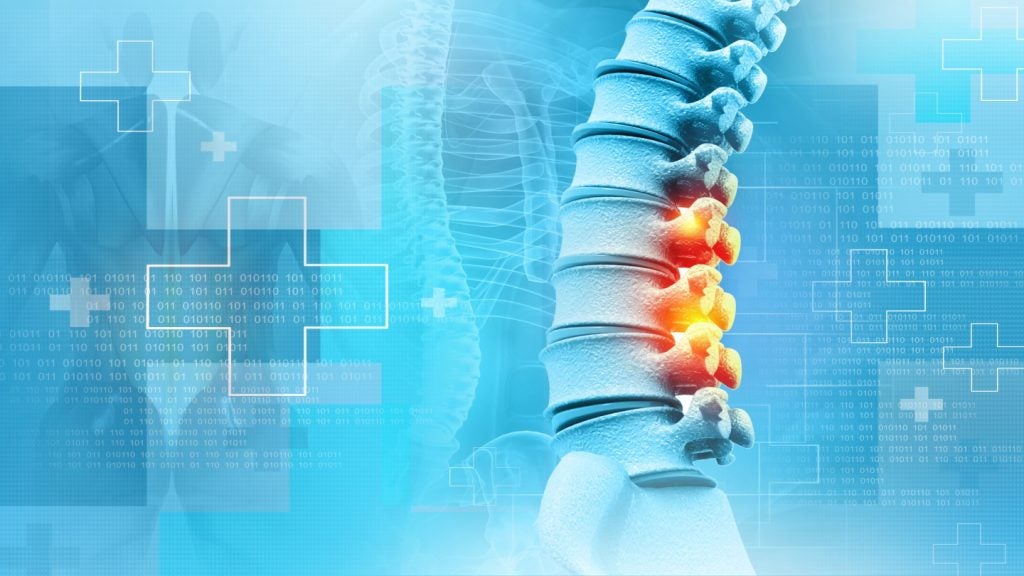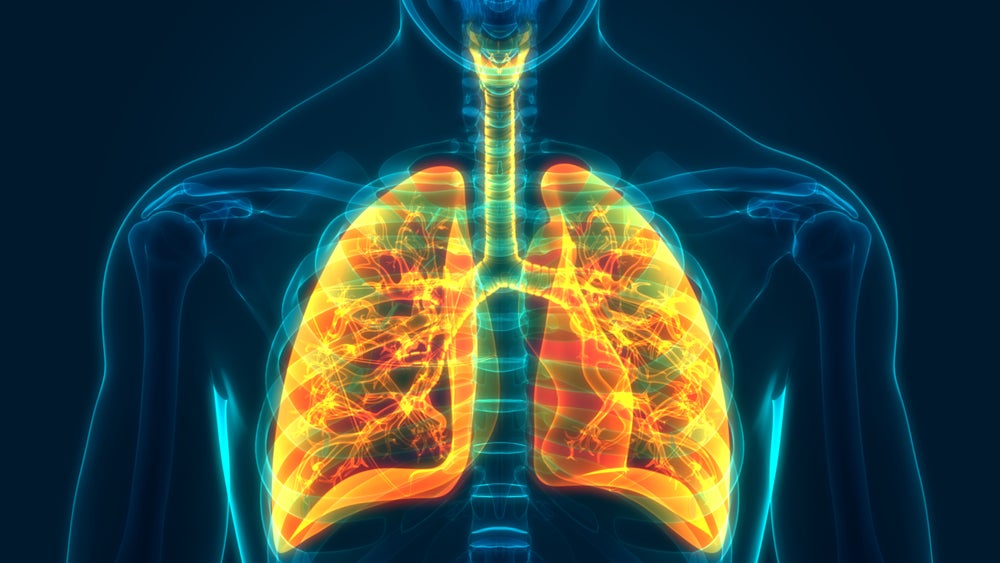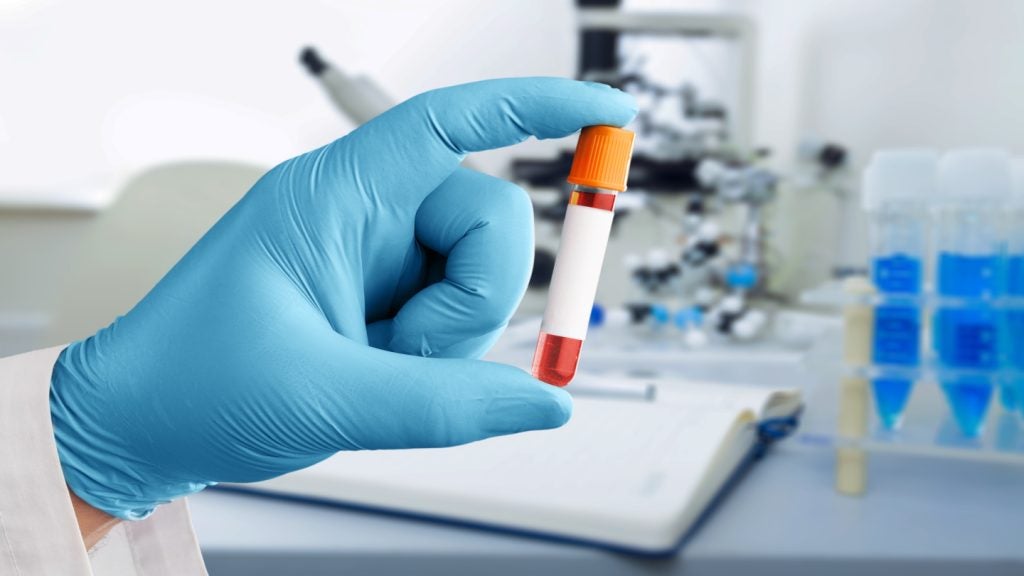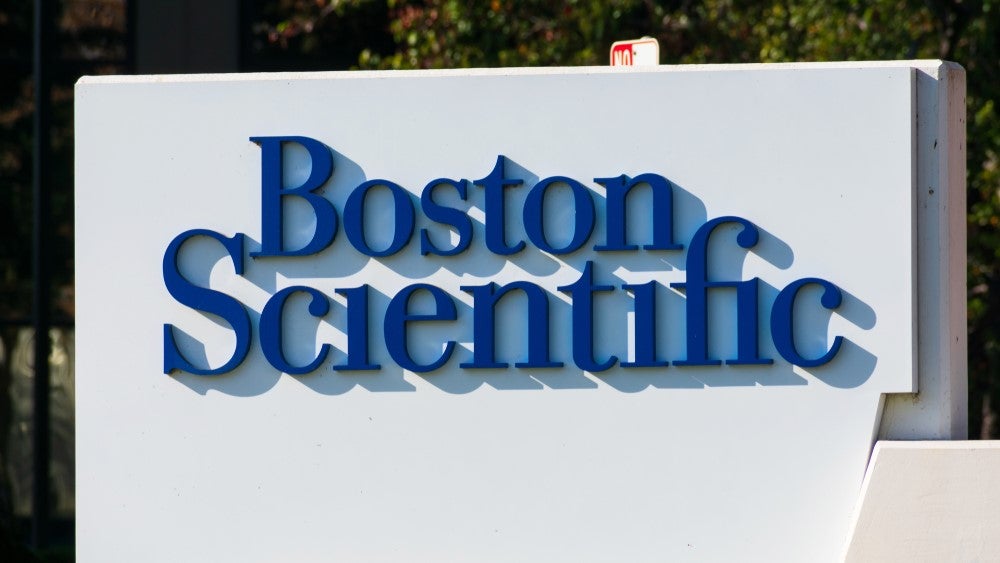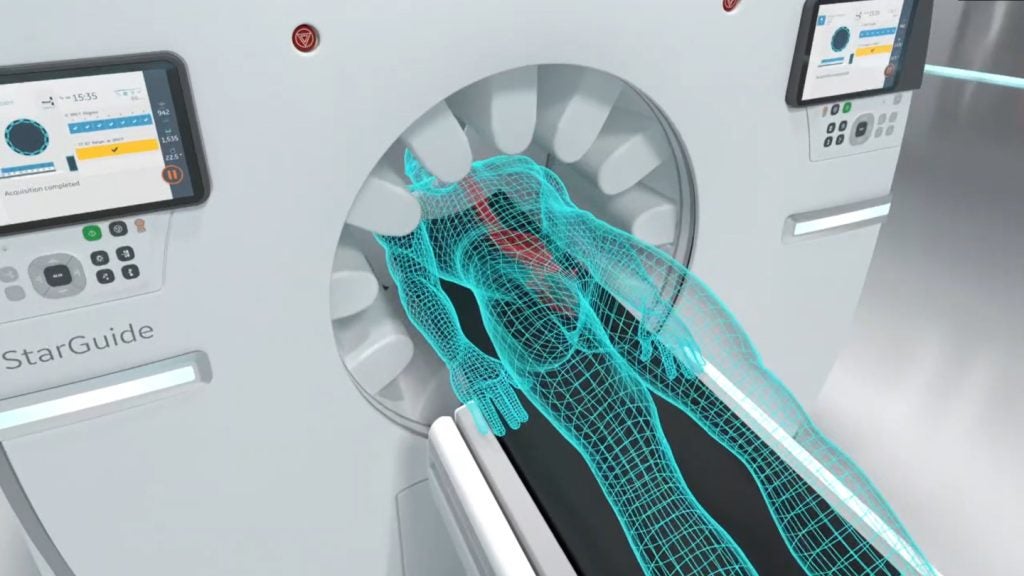In 2022, 10.6 million people - or 113 out of every 100,000 - fell ill with tuberculosis (TB). With the prevalence of TB being highest in low- and middle-income countries such as India, Indonesia, and China, there is an urgent need for cost-effective and flexible diagnostic tools.
Google launches HeAR
Google, a leader in AI research, has been at the frontline of developing models for the healthcare industry. In March 2024, Google launched a bioacoustics foundation model called Health Acoustics Representation (HeAR). HeAR uses deep learning techniques to analyse extensive data sets of coughs, sneezes, and other respiratory sounds. Trained on around 300 million audio snippets, and selectively 100 million cough sounds, HeAR can identify patterns associated with TB and distinguish them from other respiratory conditions. HeAR’s data foundation is built using non-copyrighted public audio samples from around the world, making the data set diverse and suitable for global deployment.
In August 2024, Google partnered with Salcit Technologies, an India-based company that developed its own AI model named Swaasa. Swaasa allows users to record their coughs via mobile devices. This collaboration aims to make TB screening more accessible in resource-limited settings by using AI to provide rapid initial assessments.
Support from the Stop TB Partnership
This approach also received support from organisations such as the Stop TB Partnership, a UN-hosted group that brings together TB experts and affected communities to work towards eliminating TB by 2030.
In April 2024, the Stop TB Partnership noted a growing interest in using AI for cough sound classification and mapped available software, including HeAR, Swaasa AI, TBscreen, and Timbre.
“Solutions like HeAR will enable AI-powered acoustic analysis to break new ground in tuberculosis screening and detection, offering a potentially low-impact, accessible tool to those who need it most,” said Zhi Zhen Qin, digital health specialist with the Stop TB Partnership.
Despite their potential, these AI models still encounter several challenges such as relying on biased data and lacking testing in real-world settings. Although they use large public data sets, these samples often come from controlled environments and may not represent all patient groups. This can cause the AI models to perform poorly when applied to different populations, leading to inaccurate results and missed diagnoses in communities where TB is most prevalent.
Overall potential and impact
Traditional methods for detecting TB, including lab tests that analyze sputum (mucus coughed up from the lungs), can have lower accuracy and take days to get results. In contrast, AI-based tools such as HeAR can provide quick and easy initial screening.
“In places where access to advanced medical resources is scarce, we can imagine a future where a healthcare professional with a machine learning model and a phone can collect a sample of your sound and inform clinical care. With HeAR, we hope that researchers will be able to discover new acoustic biomarkers a lot faster,” said Sujay Kakarmath, a product manager at Google Research.
This is especially important given the global shortage of radiologists as more than two-thirds of the world’s population don’t have access to one. AI models such as HeAR can help reduce the pressure on limited medical staff by quickly analyzing large volumes of data and assisting with diagnosis, making healthcare more efficient. Using AI-based solutions such as HeAR is a breakthrough in acoustic health research, aiming to develop diagnostic tools for TB, and improve global health outcomes.




